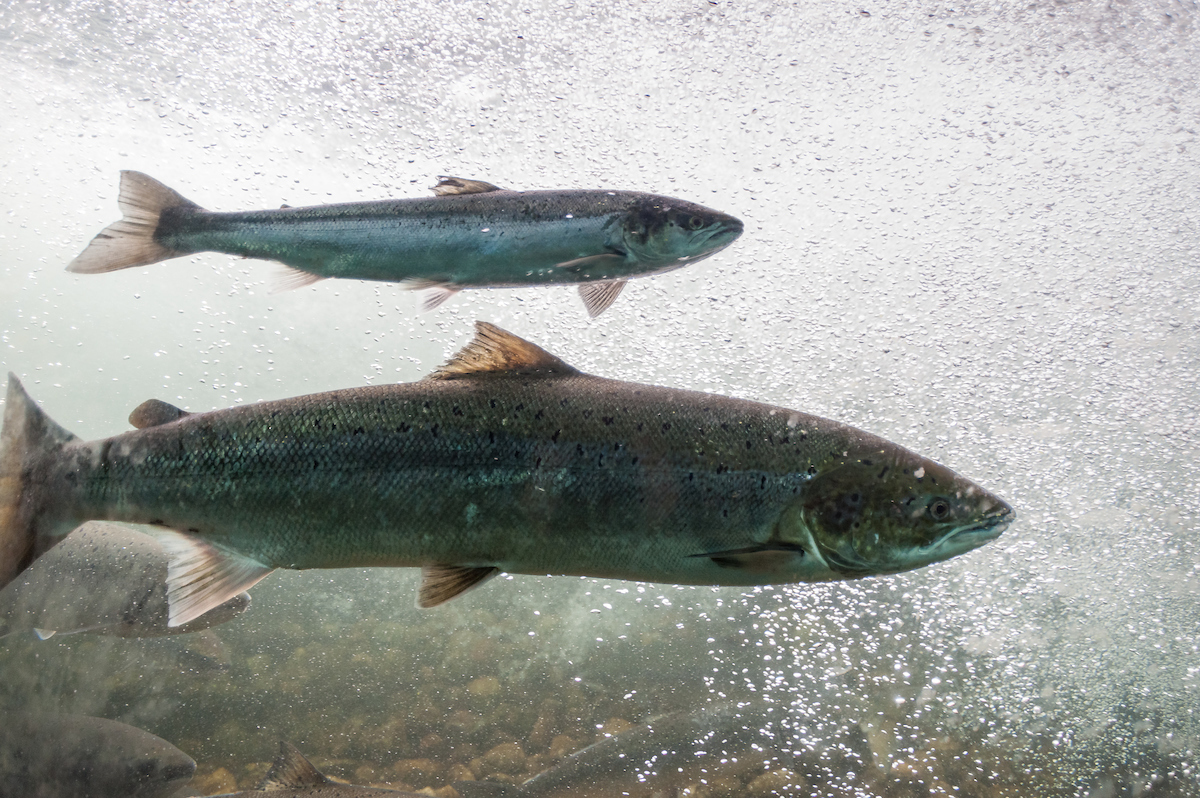
The story of America’s movement to restore wildlife habitat by removing unnecessary and underperforming dams began, in part, on the Kennebec River. In 1999, advocates from across Maine came together to celebrate the removal of the Edwards Dam near Augusta and the restoration of 18 miles of fish habitat not accessible since 1837.
The movement has continued to grow, with a record 80 dams removed in the United States in 2023, reconnecting 1,160 upstream river miles. Dam removal has shown innumerable benefits on our nation’s rivers, not just restoring habitat for sea-run fish like the endangered Atlantic Salmon and American Eel, but also improving conditions for birds, amphibians, and native plants, along with opening up new recreational opportunities.
However, work continues on the Kennebec. This month, Maine Audubon Advocacy Director Ches Gundrum delivered comments before the Federal Energy Regulatory Commission, or FERC, regarding the pending relicensing of the Shawmut Hydroelectric Project and final species plans for the Shawmut, Weston, Lockwood, and Hydro-Kennebec Projects.
Our primary message: Consider removal of the dams. Federal and state agencies have identified these dams as a key impediment to restoring the Kennebec and have called for significant action, including the removal of the Shawmut Dam and potentially others in order to save endangered Atlantic Salmon and other sea-run fish. The relatively small amount of power generated by these dams (in total about 6% of all hydro power in Maine), isn’t worth the impact to Atlantic Salmon and other fish.
If FERC is not willing to consider removal, however, Maine Audubon has recommended strong fish passage requirements. Gundrum told FERC to establish strong performance standards for both upstream and downstream passage of all sea-run fish species and require all four dams to meet them within two years of any fish passage construction. Additionally, she requested that at least two upstream fish lifts built are built at each of the four dams (single fish lifts fail to pass Atlantic Salmon and American shad effectively), and that ¾-inch screens to be attached on all turbines at all four dams to help prevent fish migrating downstream from being injured.
We’re excited and hopeful for next steps. We’ve been working on this issue since at least 2021, and we believe that the work led by our friends at the Kennebec Coalition will bear fruit with positive results for Maine’s fish and riparian wildlife.
But we need other voices, too. Please sign this petition to urge FERC to reconnect the Kennebec River with solutions that work for wildlife and human communities.
Our final comments to FERC can be found here.
